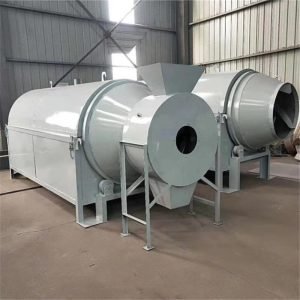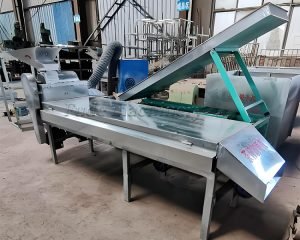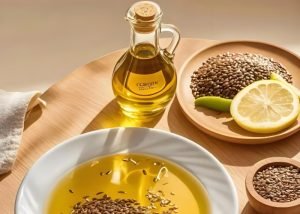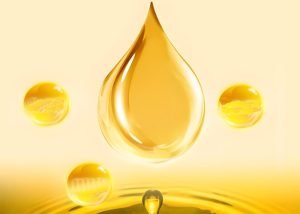How can I obtain clean palm oil?
Getting clean palm oil is important. Impurities can lower oil quality. You need proper steps to make oil clean.
You obtain clean palm oil through a process called refining. This process removes impurities like gums, acids, pigments, and odors. It uses different machines and steps to make the oil pure and stable.
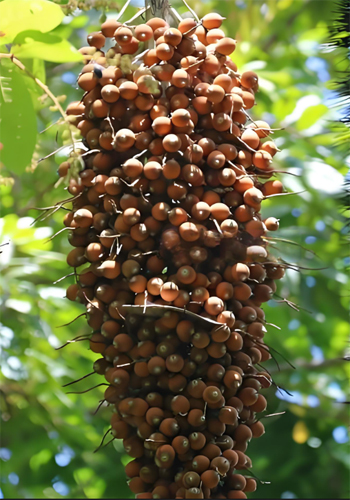
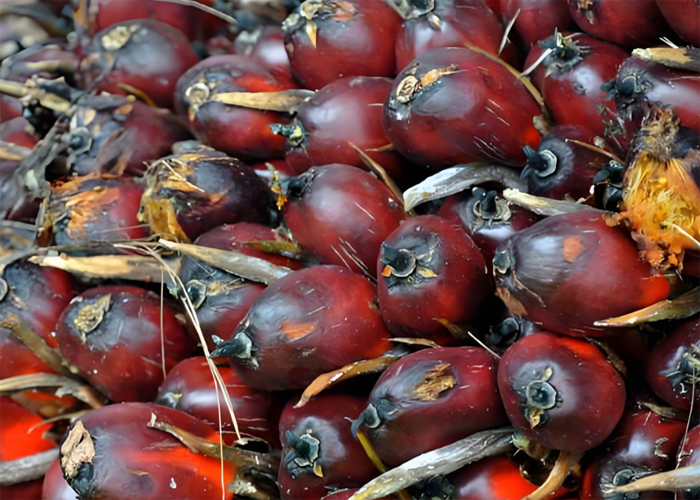
Crude palm oil comes from the fruit. It has many things inside besides just oil. These other things must go away. The refining process does this job.
Where Does Crude Palm Oil Come From?
You want palm oil to start refining. You need fresh fruit bunches first. How do you get the crude oil from them?
Crude palm oil comes from pressing the fresh fruit bunches of the oil palm tree. The fruit goes through steps like sterilization, digestion, and pressing. These steps get the raw oil out.
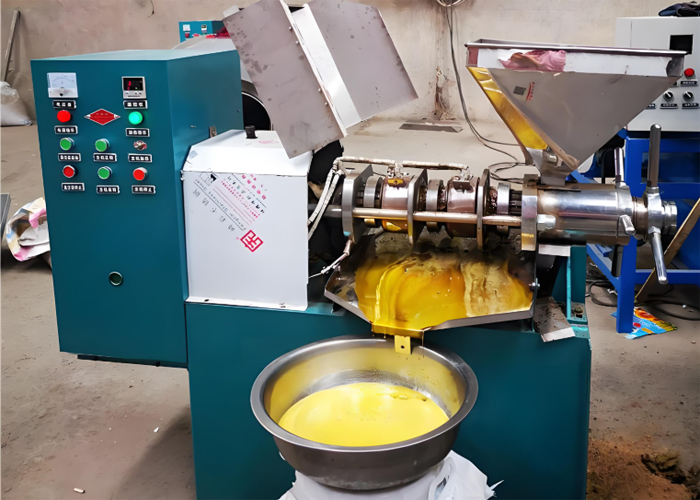
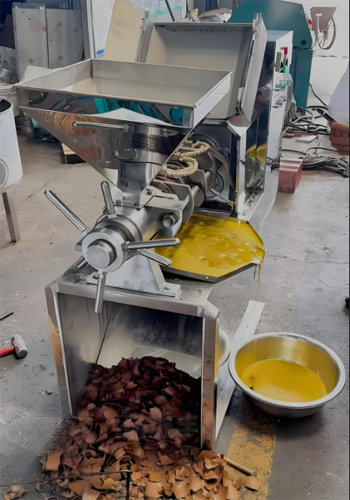
Palm oil production starts at the plantation. Workers harvest fresh fruit bunches (FFB). FFB cannot wait long. You must process it fast. The factory receives the FFB. Sterilization uses steam. This stops enzymes and loosens fruit. Then machines digest the fruit. Digestion breaks down the fruit pulp. After digestion, the material goes to presses. Presses squeeze the oil out. We make screw presses for this step. Our presses work well. They get high oil yield.
Starting Material
FFB is the raw material. It has fruit and nuts.
Key Steps
Sterilization, digestion, pressing are main steps.
Output
Crude palm oil (CPO) comes out.
What Makes Crude Palm Oil Not Clean?
You have crude palm oil now. It does not look clean. It has many things you do not want in final oil. What makes it not clean?
Crude palm oil contains many non-oil impurities. These include free fatty acids, gums, pigments, odors, and dirt. These things affect the oil’s quality, stability, and shelf life.
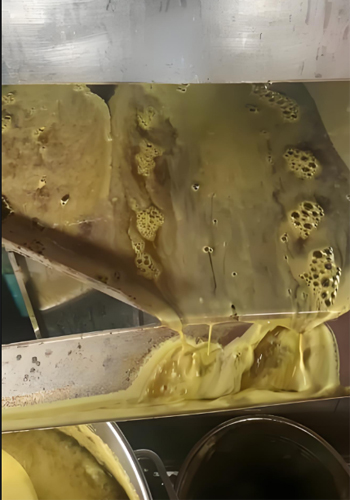
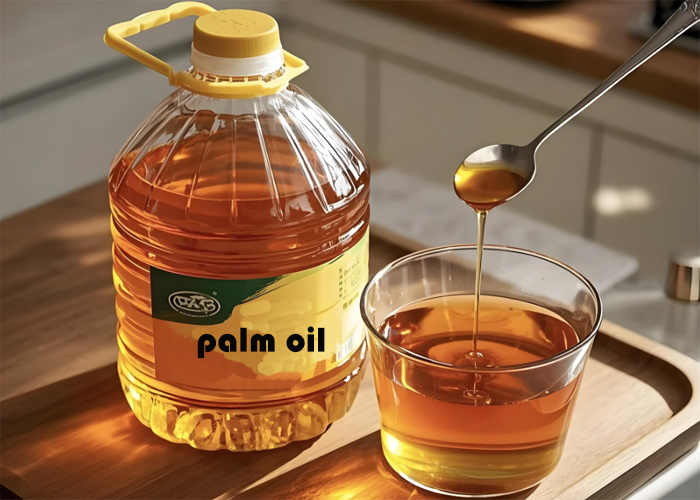
Crude palm oil is natural. It comes from fruit. The pressing process gets oil out. It also gets other things out. These things are impurities. Free fatty acids (FFA) form fast. They make oil go bad. Gums are sticky. They make oil cloudy. Pigments give strong color. You do not want dark oil sometimes. Smell and taste can be bad. Dirt and water can be present too. These impurities make the oil not clean. They must be removed.
| Impurity Type | Problem Caused |
|---|---|
| Free Fatty Acids | Rancidity, bad taste |
| Gums (Phospholipids) | Cloudiness, foaming |
| Pigments | Strong color |
| Odors | Unpleasant smell/taste |
What Steps Clean Crude Palm Oil?
You know crude oil has impurities. How do you take them out? What is the process to clean it?
Cleaning crude palm oil involves several refining steps. These steps typically include degumming, neutralization, decolorization, and deodorization. Each step removes specific types of impurities from the oil.
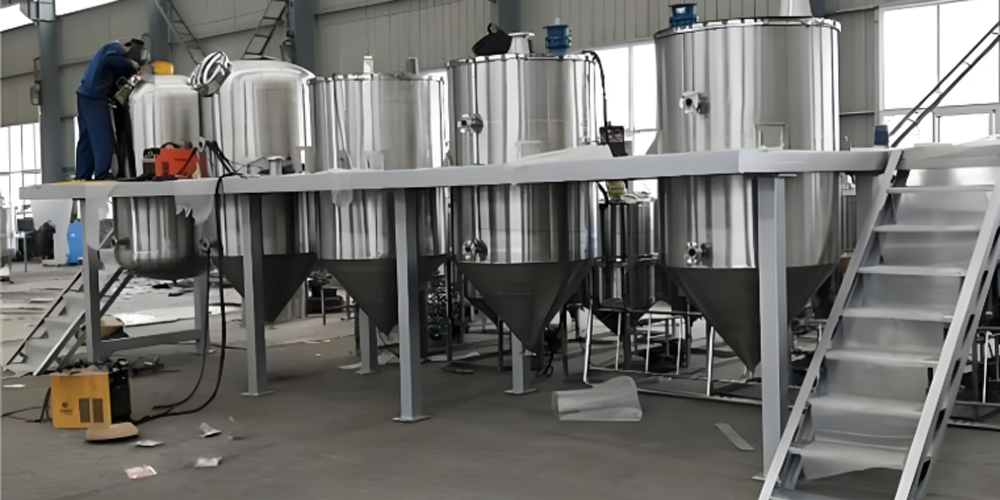
Refining is a big process. It has different stages. You move the oil through refining equipment. First, you take out gums. This is degumming. Then you take out acids. This is neutralization. Color comes out next. This is decolorization. Last, you take out smells. This is deodorization. Sometimes you filter the oil too. We make machines for all these steps. Our machines work together. They make a complete refining line.
Main Stages
Degumming, neutralization, decolorization, deodorization.
Process Goal
Remove impurities step-by-step.
Equipment Used
Tanks, heaters, filters, vacuum systems are needed.
Is There One Way To Refine Palm Oil?
You see many refining steps. Is this the only way? Can you do it differently for different needs?
No, there is not just one way to refine palm oil. The exact process and equipment depend on the desired oil quality and the production scale. You can use batch or continuous systems. We offer customized solutions.
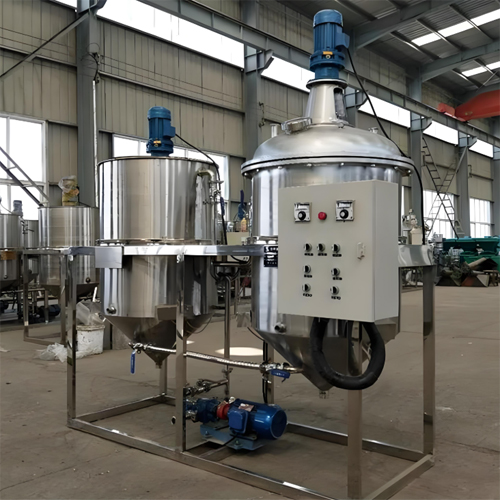
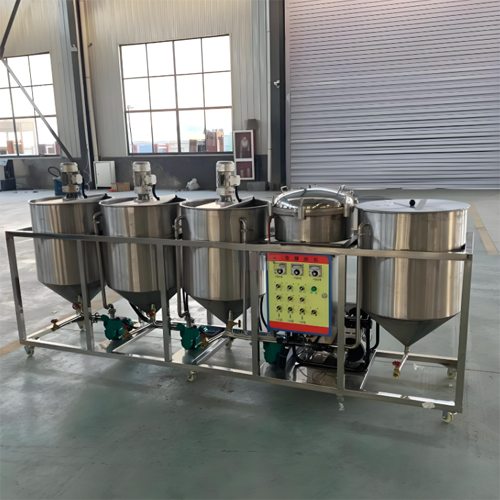
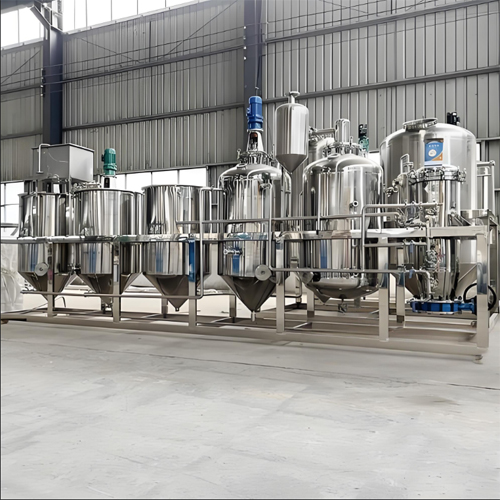
Refining needs vary greatly. A small oil mill might need a simple system. A large factory needs a continuous, high-capacity line. Small systems are often batch. You process one tank of oil at a time through different steps. Large systems are continuous. Oil flows constantly through different sections. We make equipment for both. We have small Refining machine. These are good for 5-50 tons per day. We have medium to large lines. These handle 50-200 tons per day or more. The process steps are similar. The size and automation are different. We can design a system just for you. It matches your needs and scale. We provide full project service.
System Types
Batch systems, Continuous systems.
Scale Variation
Small, medium, and large capacities.
Customization
Process and equipment adapted to needs.
You get clean palm oil by refining it. This process removes impurities step-by-step. Zhengzhou Fude Machinery provide the machines for all these steps.
Related recommendations
-
Which materials are suitable for the drum dryer
463Drum dryer is suitable for use in various industries such as chemical raw materials, metallurgical minerals, agriculture and feed, food materials, pharmaceutical raw materials, etc
View details -
What are the types of tea seed peelers
314Tea seed peelers can be classified into various types based on factors such as function, size, and applicable scenarios
View details -
How to choose an oil press -5 major advantages
175Starting or growing an edible oil business is a great goal. But to be successful, you need control over your product and your profit. The single best way to get this control is by owning your own equipment. Choose oil press equipment, master the...
View details -
What are oil presses used for?
378An oil press machine is a device that uses physical pressure to separate oil from oil-bearing materials like seeds and nuts. It is the key equipment for mechanical oil extraction, producing crude oil and solid cake. Understanding the oil pr...
View details
 Oil Press Equipment and Oil Refining Machinery for Sale – Start Your Oil Press Business
Oil Press Equipment and Oil Refining Machinery for Sale – Start Your Oil Press Business
